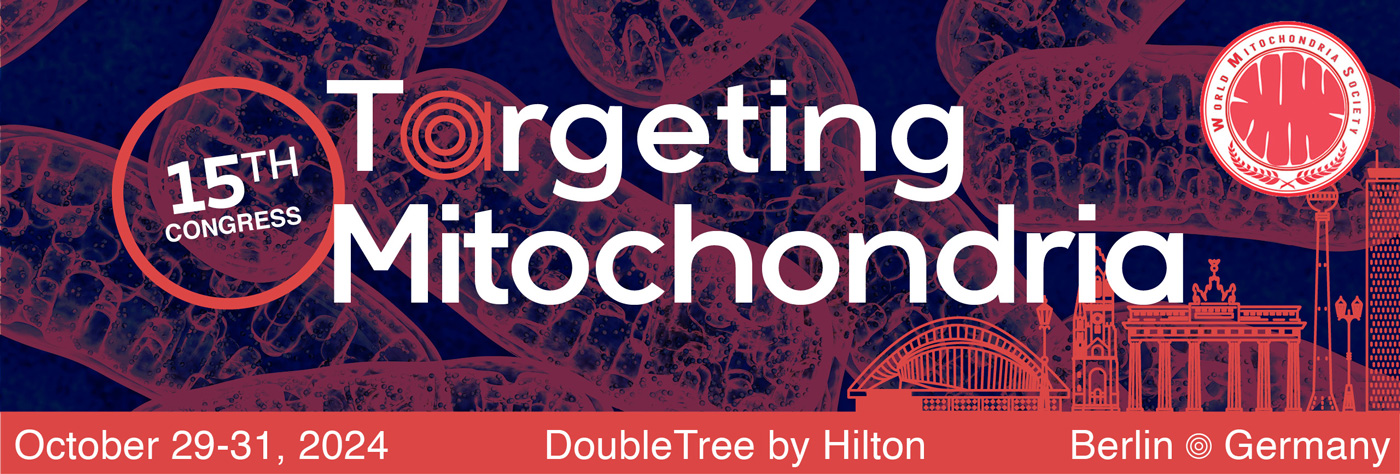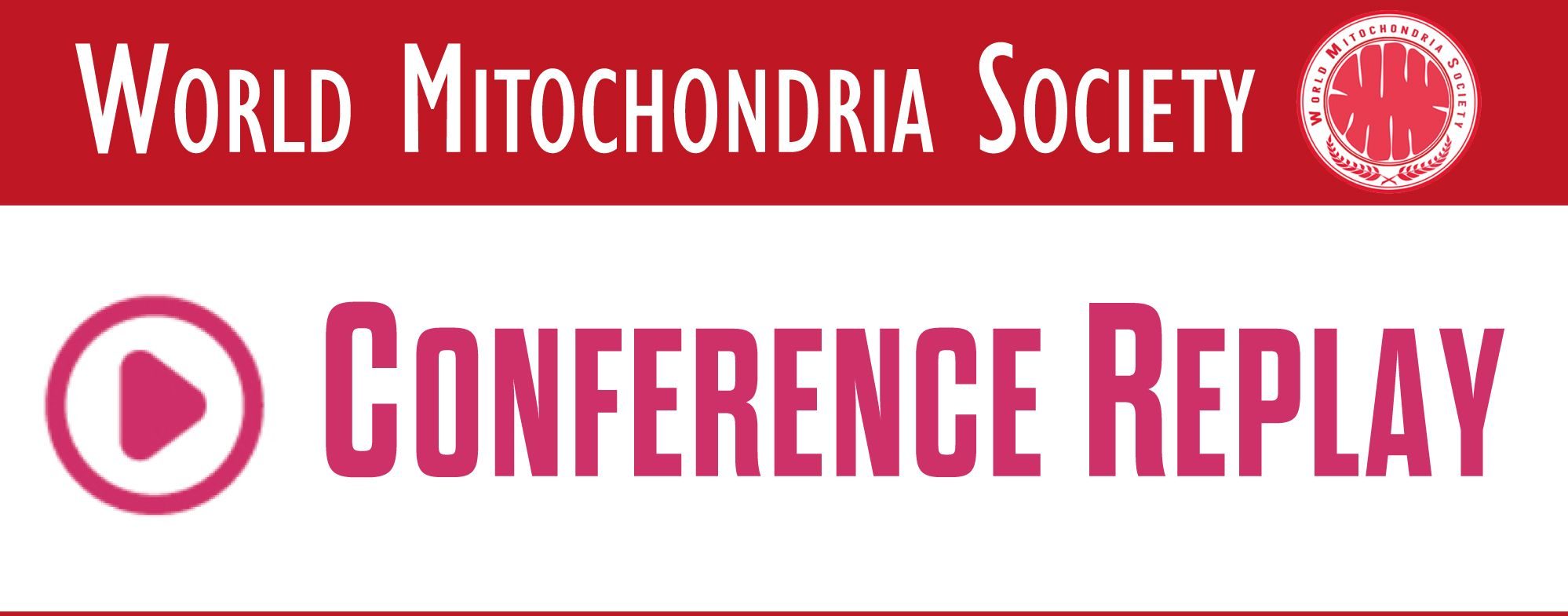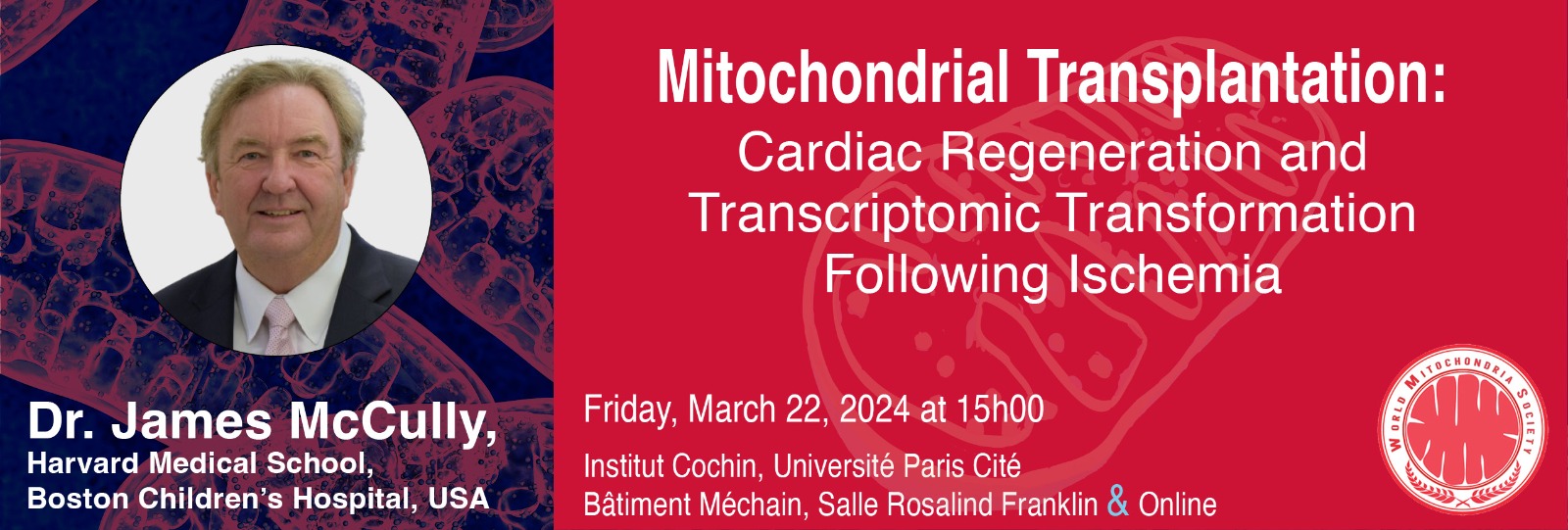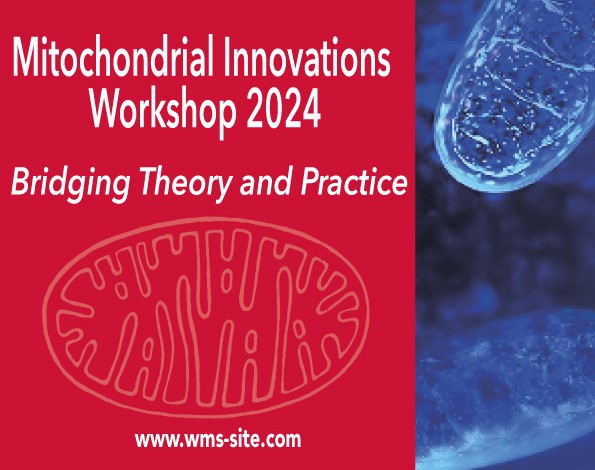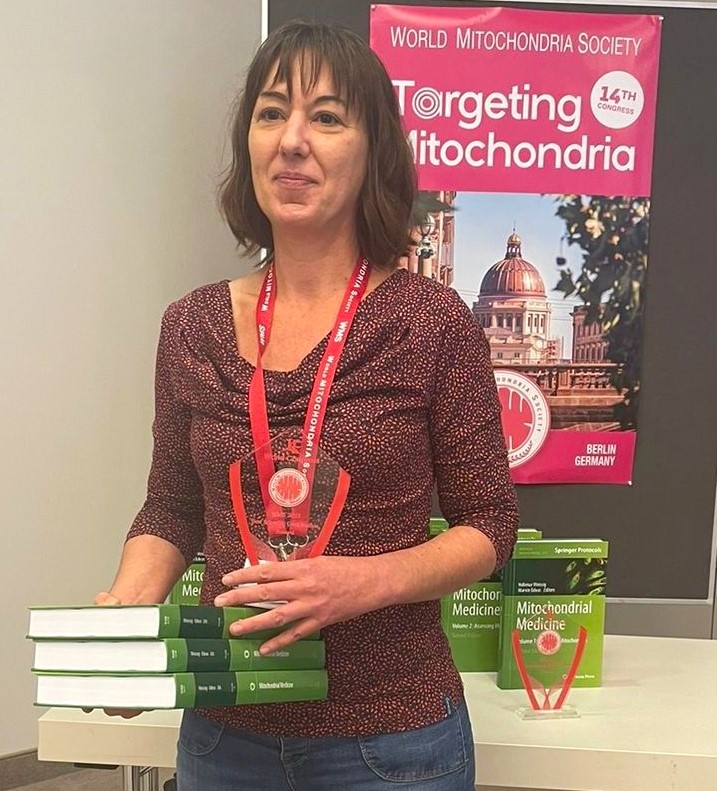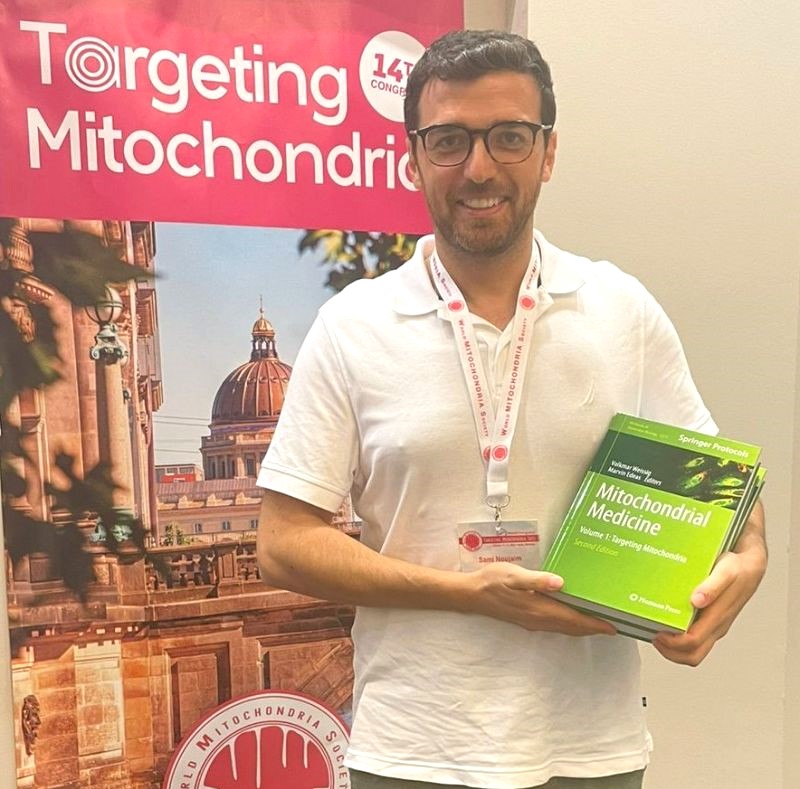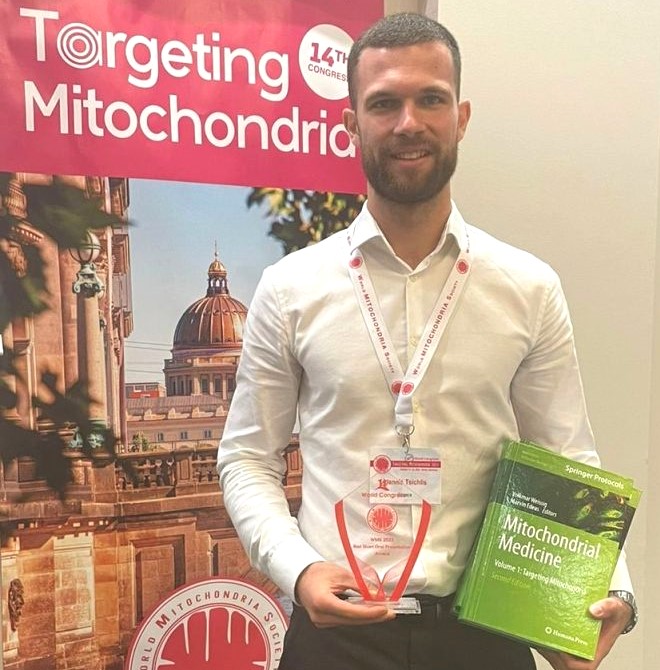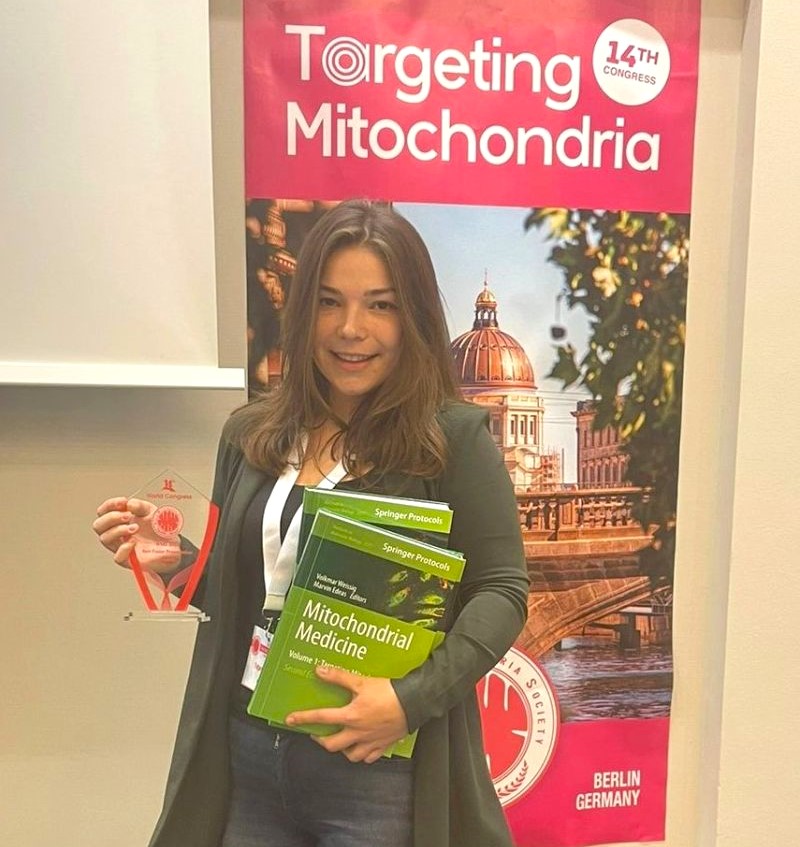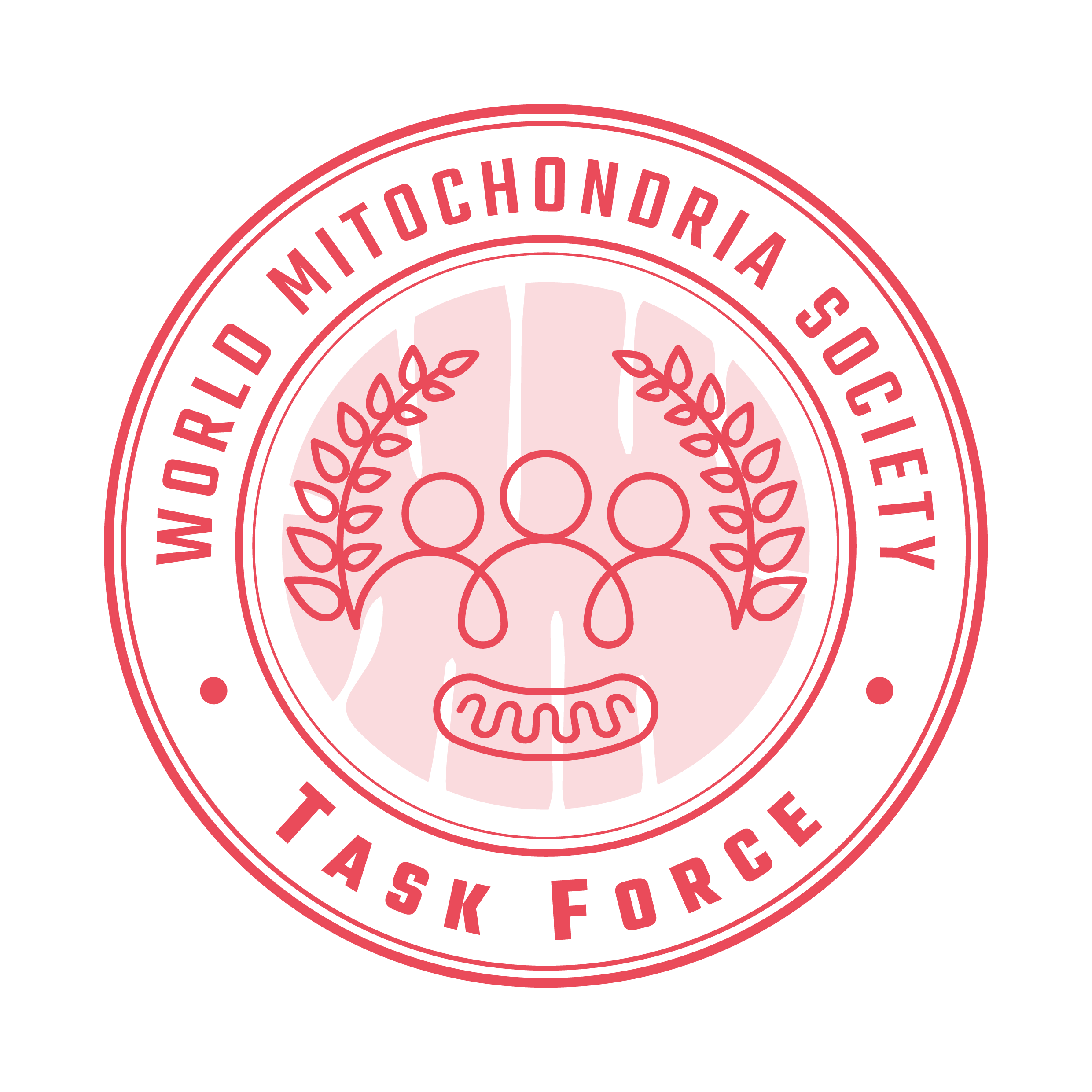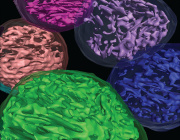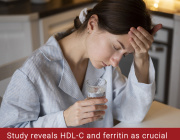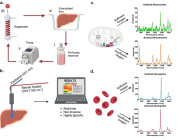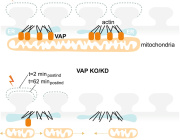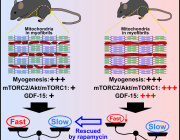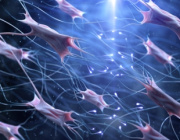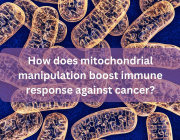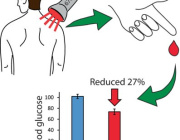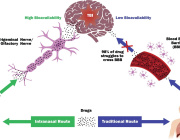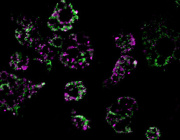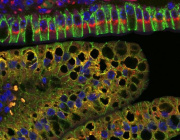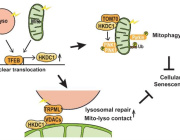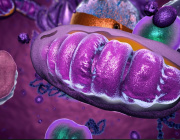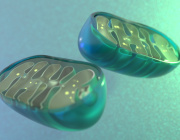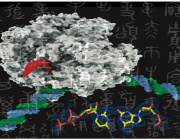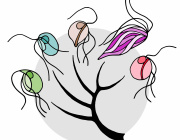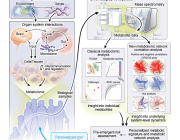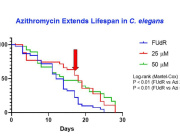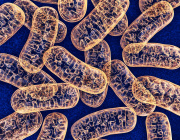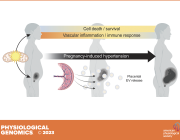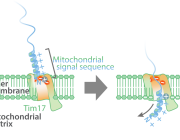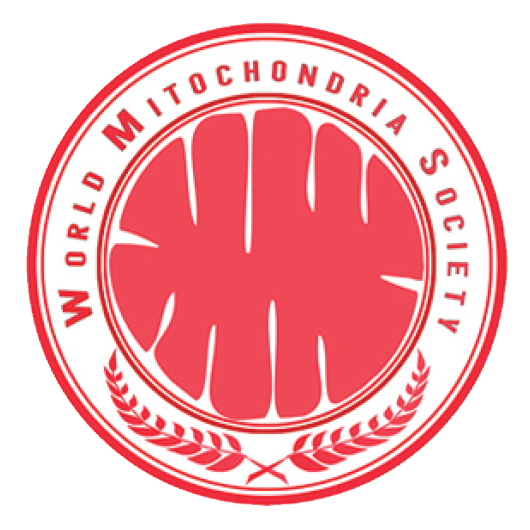Dr. D. Kraus will talk about identification of fat-accumulation gene

The Würzburg researcher Daniel Kraus and his international colleagues have identified a gene that plays a major role in fat gain. The scientists inhibited the expression of this gene in mice and the animals became leaner – while on the same diet – without showing any side effects. They presented their work in the science magazine Nature. Scientific committee invited Dr. D. Kraus to talk this study during Targeting Mitochondria 2014.
In recent decades, people's eating habits in Western societies have changed profoundly. Meat consumption has changed from occasionally to regularly; fat and high-energy carbohydrates are always available. At the same time, however, we are less physically active on the job and in everyday situations and need less energy.
The excess nutritional energy is stored as adipose tissue. This storage function was crucial particularly in times where famines were common with no supermarket around the corner to shop for food. Today, however, this function has a boomerang effect: Many people are suffering from the excess energy storage in the form of diet-induced obesity; they even develop associated diseases as a consequence.
NNMT plays a major role in "fat accumulation"
The enzyme NNMT (nicotinamide N-methyltransferase) is crucial in the "accumulation" of adipose tissue. Daniel Kraus, medical scientist at the Würzburg university hospital, and his colleague Qin Yang came across the NNMT gene during their work as post-doctoral researchers with Professor Barbara B. Kahn in Boston which involved comparing mice with genetically altered adipose tissue. They found that the adipose tissue of "obese" mice contained more NNMT than that of "lean" mice.
The researchers subsequently suppressed NNMT in obese mice and studied how this affected the animals' entire metabolism. They used a special magnetic resonance analysis to examine the tissue composition in the living mice and found out that the amount of adipose tissue was decreasing - and that even though the mice were not eating less or moving more. Nor did they excrete more fat than the animals in the control group. Instead, Kraus and Yang detected hints that NNMT regulates the consumption of high-energy molecules in the adipose tissue. Increased amounts of by-products of such energy carriers were excreted with the mice's urine. No adverse effects were found during the test. To the contrary: "The liver and kidney values were normal. The fatty degeneration of the liver even improved in adipose mice," says Kraus.
But Daniel Kraus has not solved the problem of diet-induced obesity with this discovery. "We are far from deriving any treatment from this discovery," he says. Pharmaceutical companies interested Even though the metabolisms of mice and humans are similar, Kraus believes that more research is needed in the future. For this purpose, he is going to examine the fat tissue of adipose patients at the Würzburg university hospital in a next step. The researcher is mainly interested in the new metabolism-related findings of his research which is funded by the Deutsche Forschungsgemeinschaft (DFG).
The economic potential of developing a new drug to fight obesity is less important to him. "I am excited that we have come closer to understanding the concept of energy regulation," Kraus says. But he is aware that pharmaceutical companies take a great interest in this area of research: "Whoever is the first to successfully market such a seemingly simple solution to diet-related obesity will probably make a fortune," Kraus further. There is initial supporting evidence from other studies regarding the possibility to develop such a drug.
"But the past 20 years have seen a number of such alleged 'Eureka moments'," says Kraus.
"Nicotinamide N-methyltransferase knockdown protects against diet-induced obesity" Daniel Kraus, Qin Yang, Dong Kong, Alexander S. Banks, Lin Zhang, Joseph T. Rodgers, Eija Pirinen, Thomas C. Pulinilkunni, Fengying Gong, Ya-chin Wang, Yana Cen, Anthony A. Sauve, John M. Asara, Odile D. Peroni, Brett P. Monia, Sanjay Bhanot, Leena Alhonen, Pere Puigserver & Barbara B. Kahn. Nature. 2014 Apr 10;508(7495):258-62. doi: 10.1038/nature13198.
